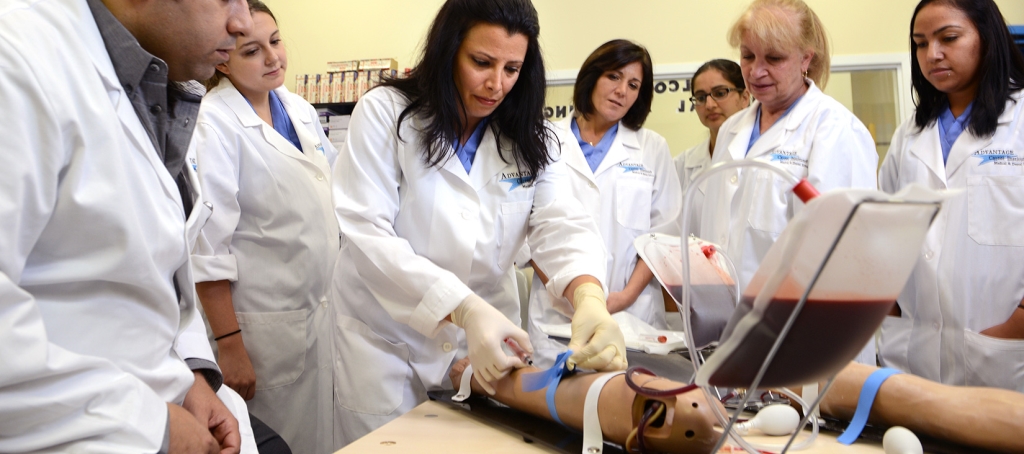**Title: Phlebotomy Technique: Tips and Best Practices**
**Introduction:**
Phlebotomy is the process of drawing blood from a patient for various medical tests, transfusions, or donations. A skilled phlebotomist must have proper training and adhere to specific techniques to ensure the safety and comfort of the patient. In this article, we will discuss the essential phlebotomy techniques, tips, and best practices to help you become a proficient phlebotomist.
**Benefits of Proper Phlebotomy Technique:**
– Minimizes the risk of contamination and infection
– Reduces pain and discomfort for the patient
- Ensures accurate and reliable test results
**Phlebotomy Techniques:**
1. **Patient Preparation:**
– Explain the procedure to the patient to alleviate anxiety
– Ask about any allergies or medical conditions that could affect the process
– Ensure the patient is well-hydrated to facilitate blood flow
2. **Equipment Preparation:**
– Gather all the necessary supplies such as gloves, tourniquet, alcohol wipes, and syringes
– Check the expiration dates of all equipment to ensure their effectiveness
– Prepare the collection tubes in the correct order to prevent cross-contamination
3. **Vein Selection:**
- Palpate the veins to find a suitable vein for blood collection
– Choose a vein that is visible and straight for an easier and less painful procedure
– Avoid veins that are bruised, scarred, or have a history of phlebitis
4. **Venipuncture Technique:**
– Clean the site with an alcohol wipe and allow it to dry before puncturing
- Use a quick, smooth motion to insert the needle at the correct angle
– Secure the needle in place and adjust the angle if necessary to ensure proper blood flow
5. **Blood Collection:**
– Allow the tubes to fill completely to prevent the need for a second puncture
– Release the tourniquet once blood flow is established to prevent hemolysis
– Mix the tubes gently to ensure proper mixing with anticoagulants
**Practical Tips for Phlebotomy:**
- Practice proper infection control measures such as hand hygiene and wearing gloves
– Label all specimens accurately to prevent errors in test results
- Document the procedure thoroughly in the patient’s medical records
**Case Study:**
John, a phlebotomist, followed all the proper techniques during a blood draw for a patient with difficult veins. By utilizing a warm compress to dilate the veins and selecting the best site for puncture, John was able to successfully collect blood on the first attempt, minimizing discomfort for the patient and ensuring accurate test results.
**Conclusion:**
Mastering the art of phlebotomy requires practice, skill, and attention to detail. By following the correct techniques, you can ensure a safe and successful blood draw for your patients. Remember to always prioritize the patient’s comfort and safety throughout the process.
proper phlebotomy technique is essential for accurate test results and patient satisfaction. By following these tips and best practices, you can become a proficient and skilled phlebotomist. Remember to practice regularly and seek continuous education to improve your skills in this vital healthcare field.
